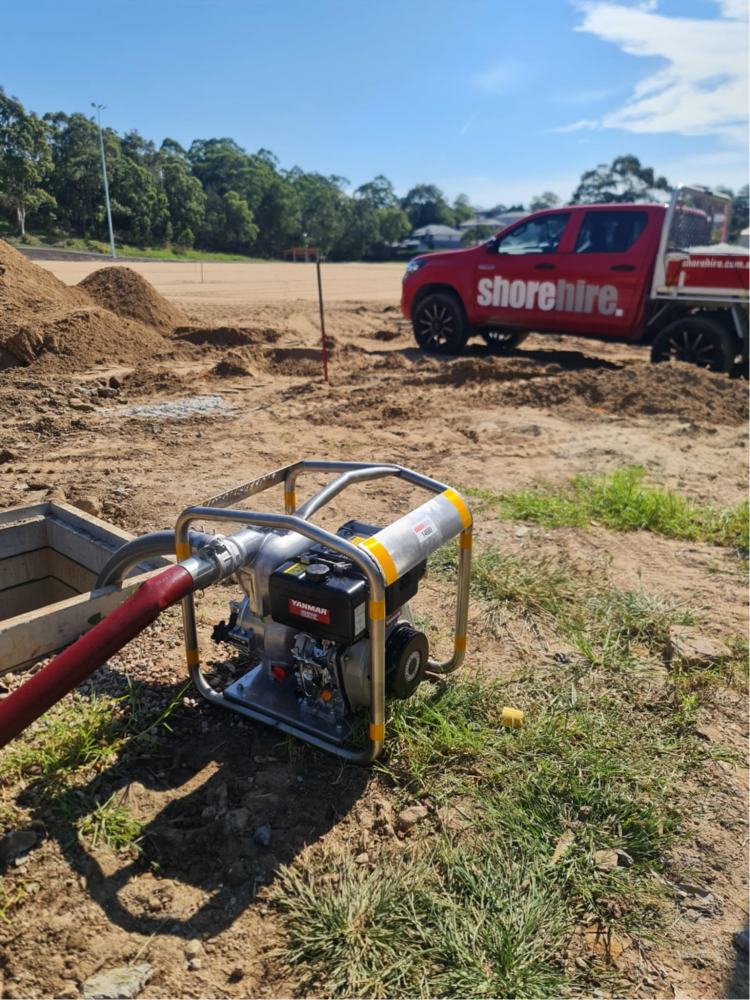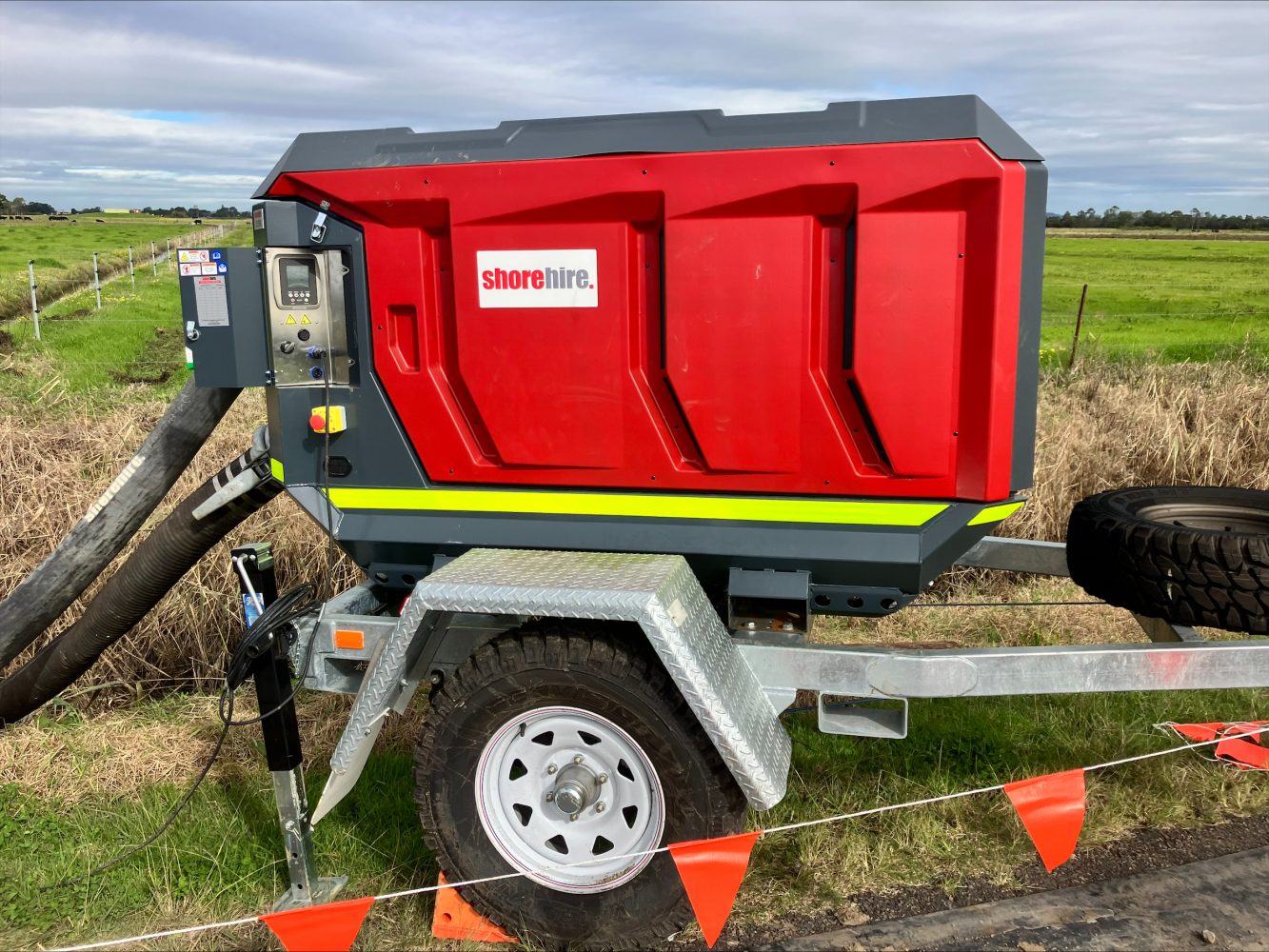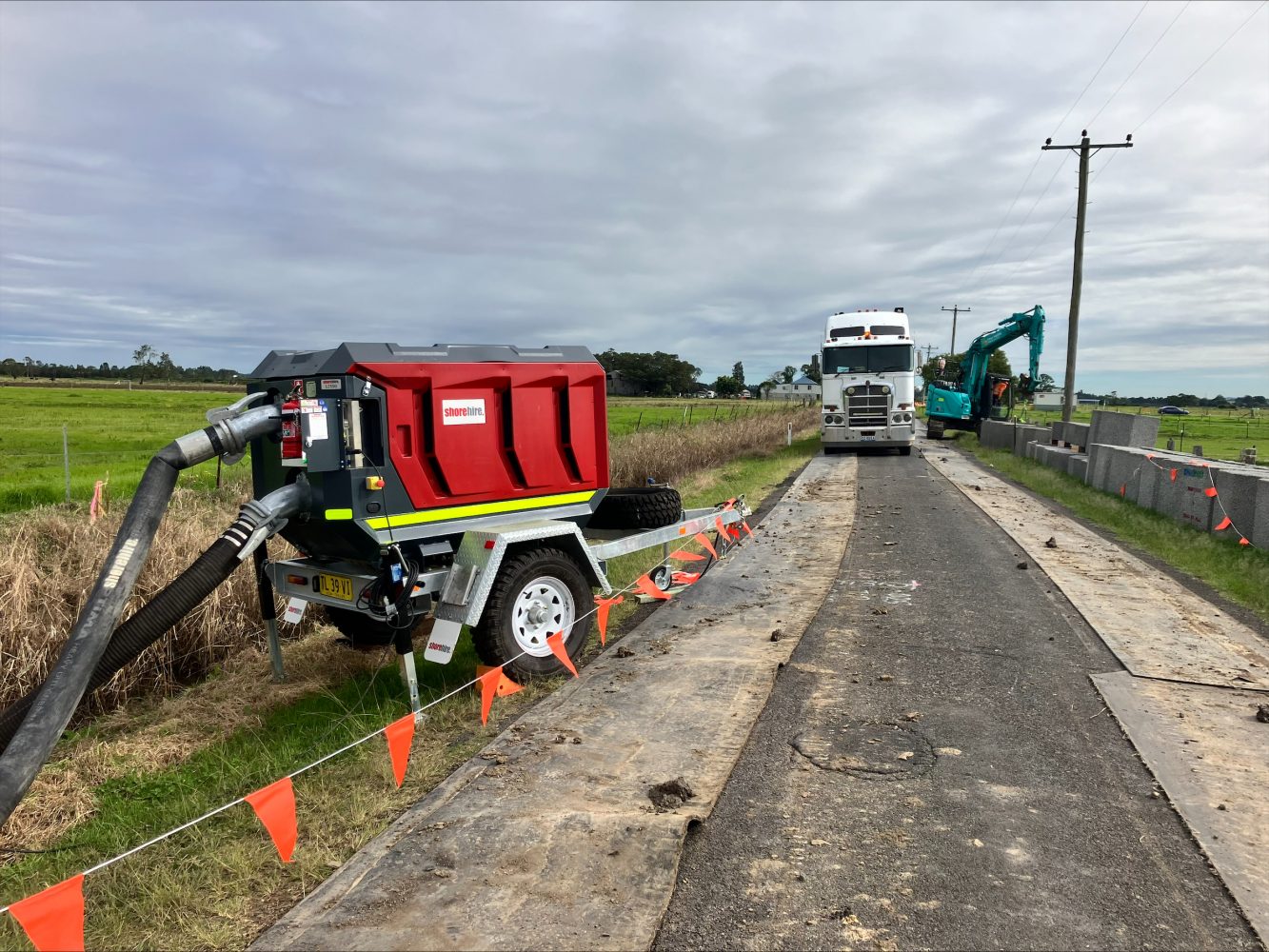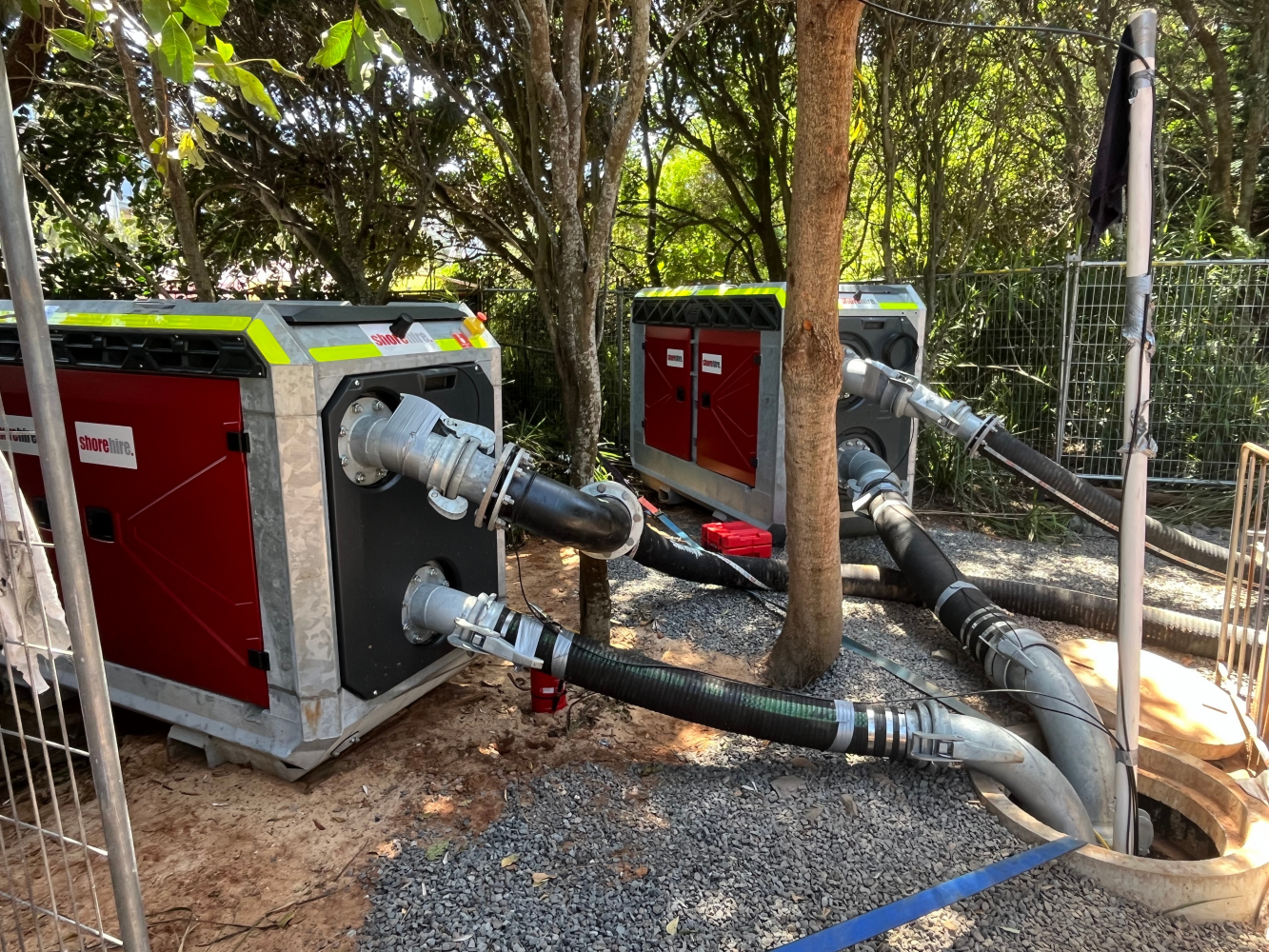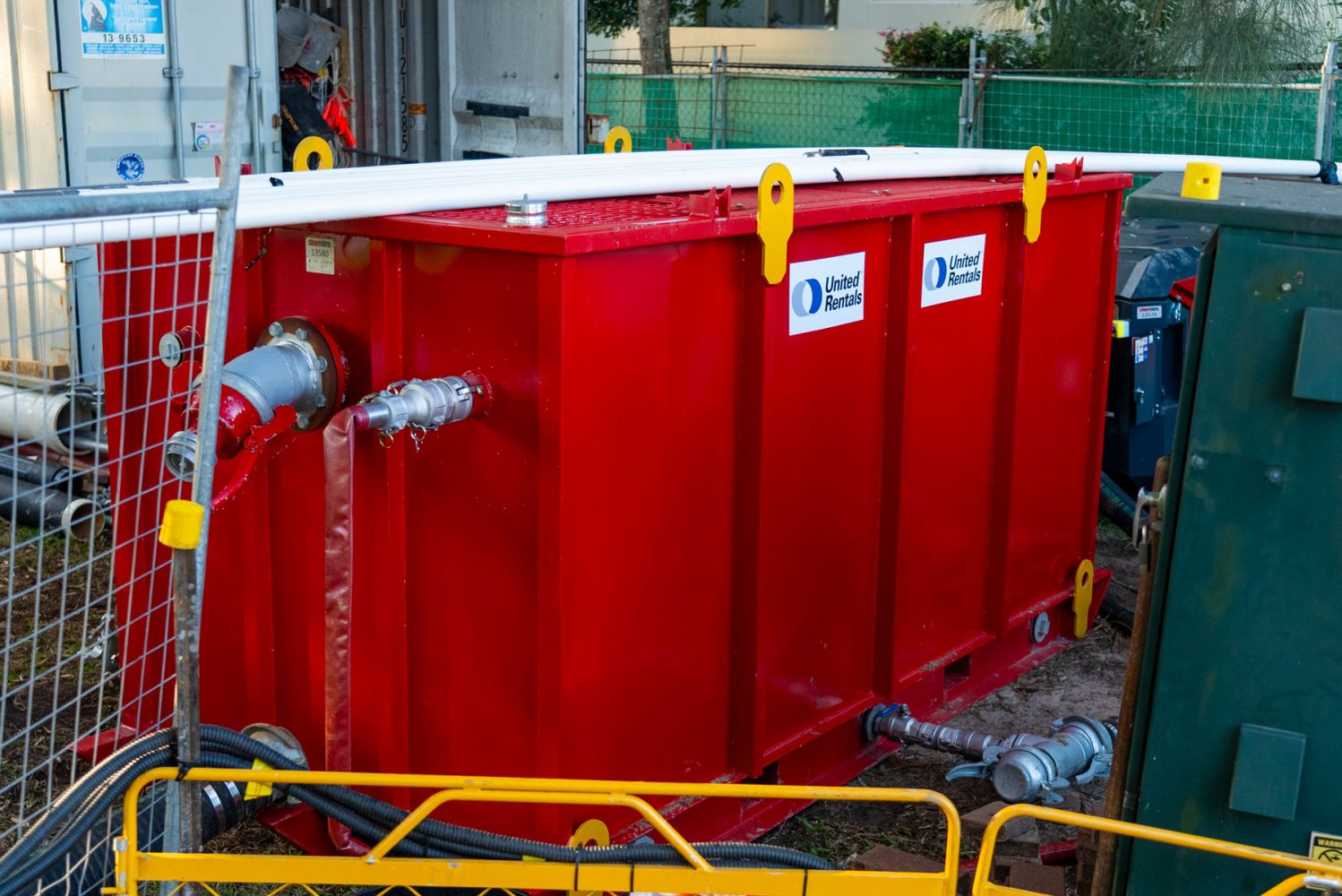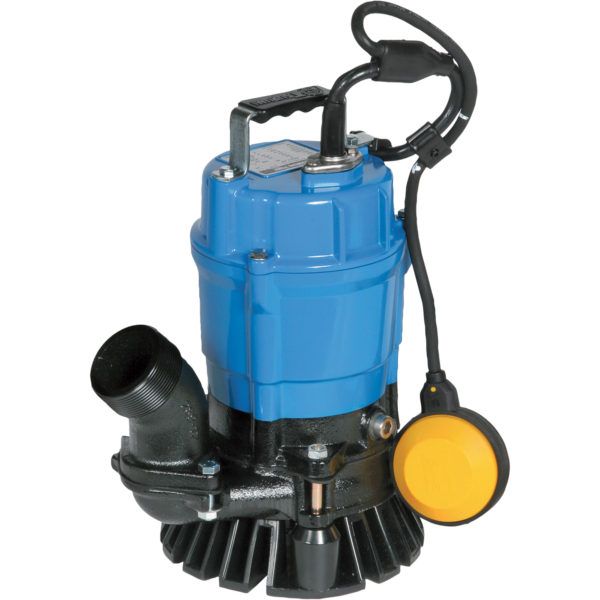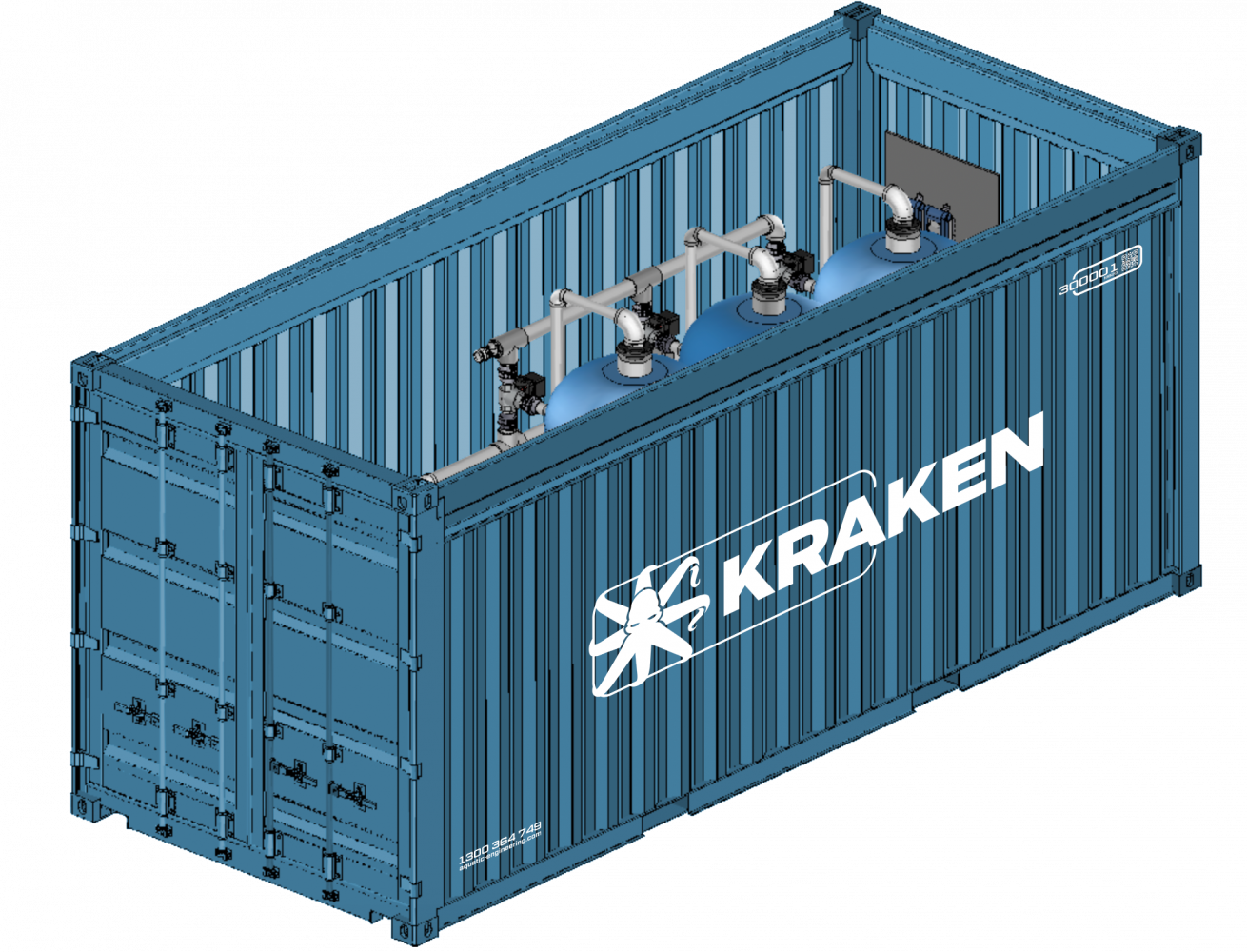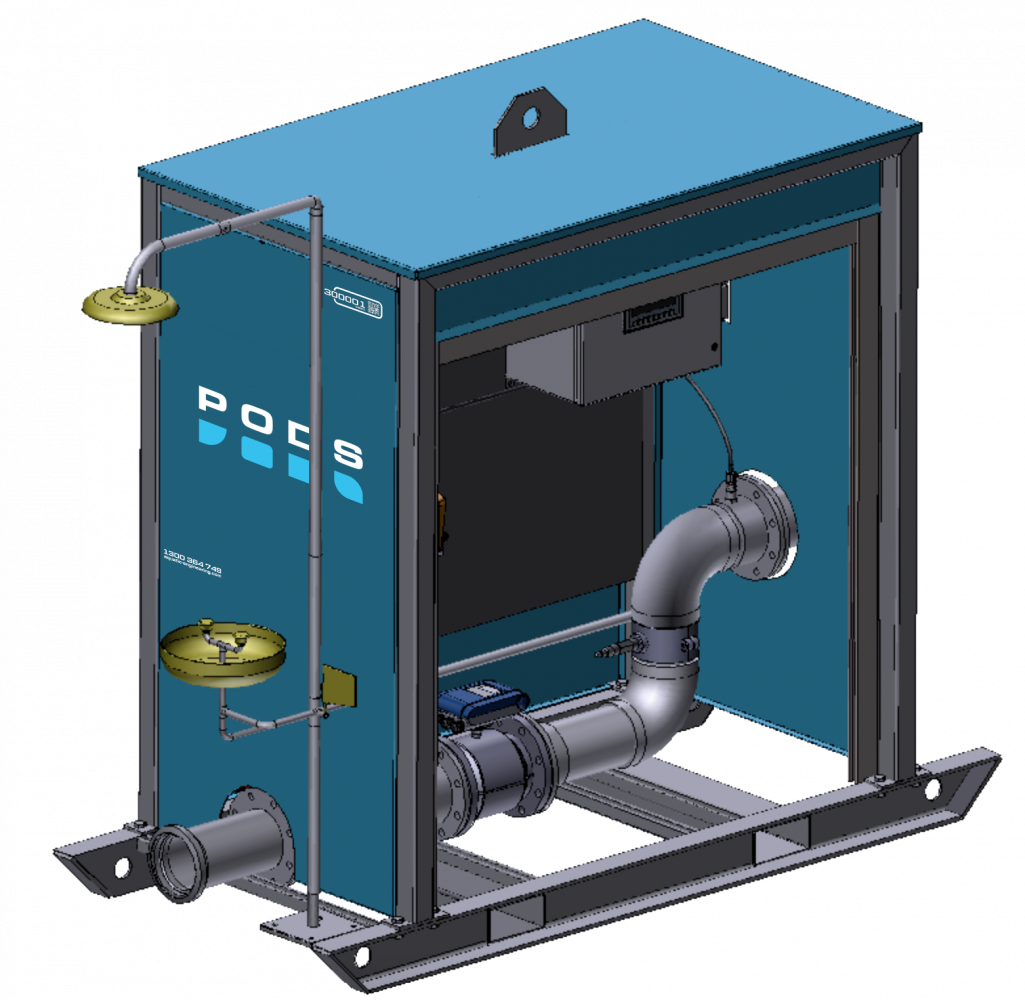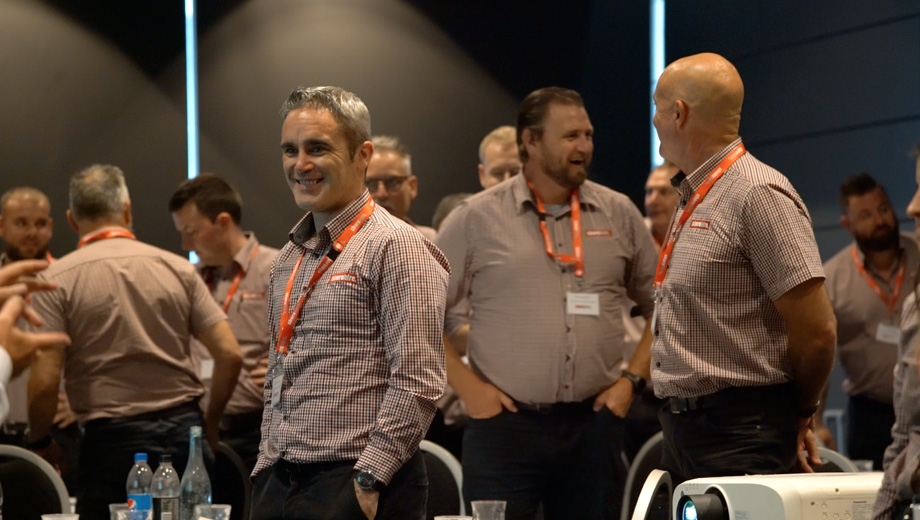Home Blog Product Info Choosing the Right Pump for Your Project
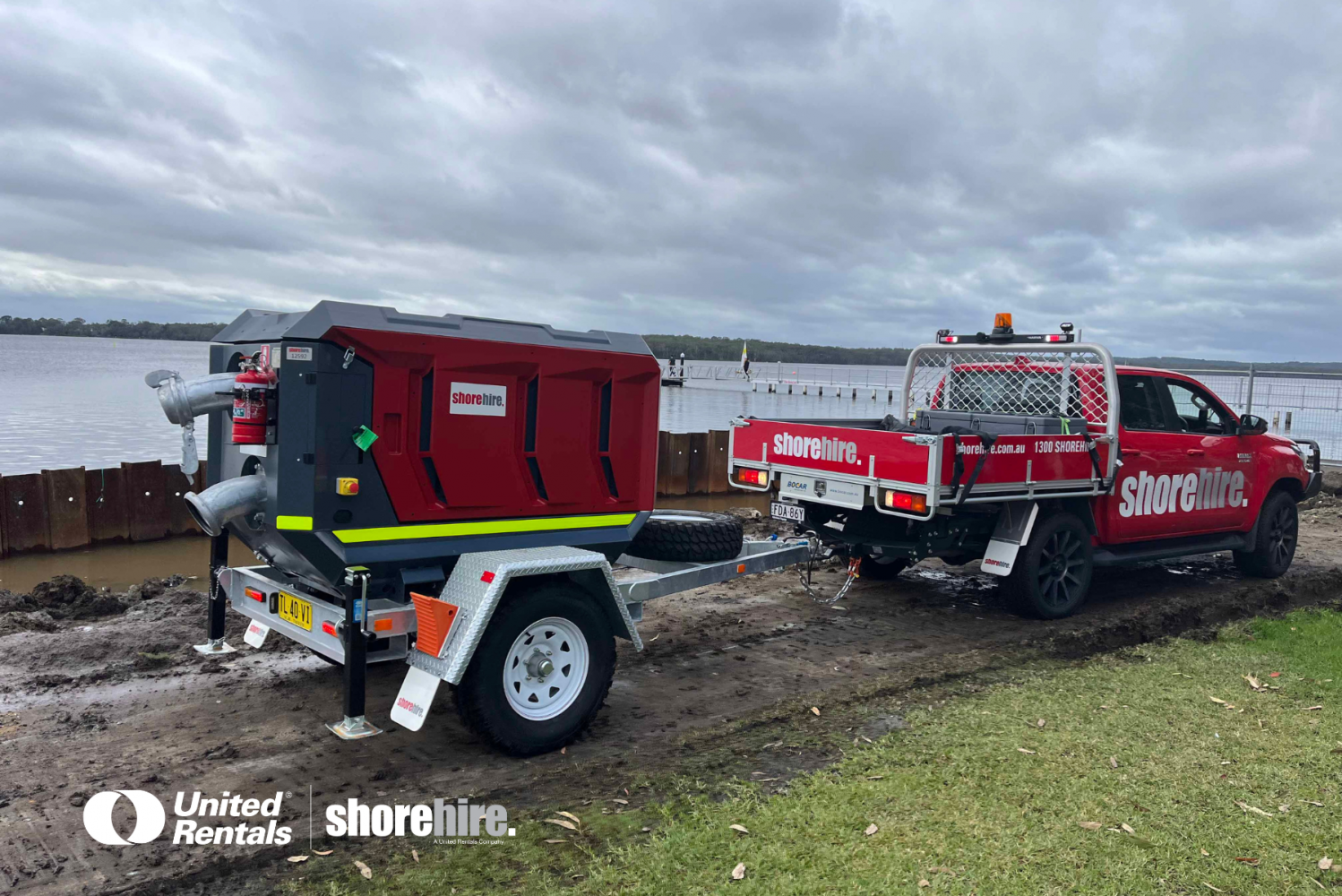
Choosing the right pump for your project can make all the difference when it comes to efficiency, compliance, and cost-effectiveness. Whether you’re managing groundwater on a construction site, diverting sewer systems for maintenance, or handling floodwaters, each application has different requirements when it comes to pump type, size, and setup.
In this guide, we’ll walk through the key factors to consider when selecting a pump, the common types of pumps used across civil and construction industries, and how different pump sizes and configurations meet specific site needs. We’ll also explore sewer bypass systems, dewatering pumps, and submersible pumps—explaining how each works and where they’re best applied.

Why Pump Selection Matters
Pumps are used across a wide range of projects and industries, from civil infrastructure upgrades to emergency water removal. Applications include sewer bypass, groundwater control, water treatment, and site dewatering.
Pump sizes such as 3-inch, 4-inch, 6-inch, and 8-inch are commonly used in field operations, with 12-inch units available for large-scale pumping requirements. These can be powered by diesel or electricity, depending on site access and energy needs.
Common applications include:
- Sewer bypass
- Groundwater and stormwater dewatering
- Wellpoint dewatering systems
- Drainage and flood control
- Civil construction projects
- Temporary water treatment systems
- Settlement tanks
Selecting the correct pump type and size requires an understanding of:
- Flow rate requirements
- Site conditions (including soil and groundwater behaviour)
- Relevant regulations
- Water or fluid characteristics
As an example, a 4-inch pump typically handles around 30 litres per second. A 6-inch pump can double that flow, and an 8-inch unit can again double the 6-inch capacity.
Sewer Bypass Pumps: Keeping Infrastructure Running
Sewer bypass systems are used during maintenance, construction, or emergency works that involve sewer pipelines. These systems ensure that services remain uninterrupted while repairs or upgrades take place.
Depending on the size of the job and flow requirements, a 4″, 6″, or 8″ pump may be used. In some situations, multiple pumps are run in tandem or as backups to ensure reliability and redundancy.
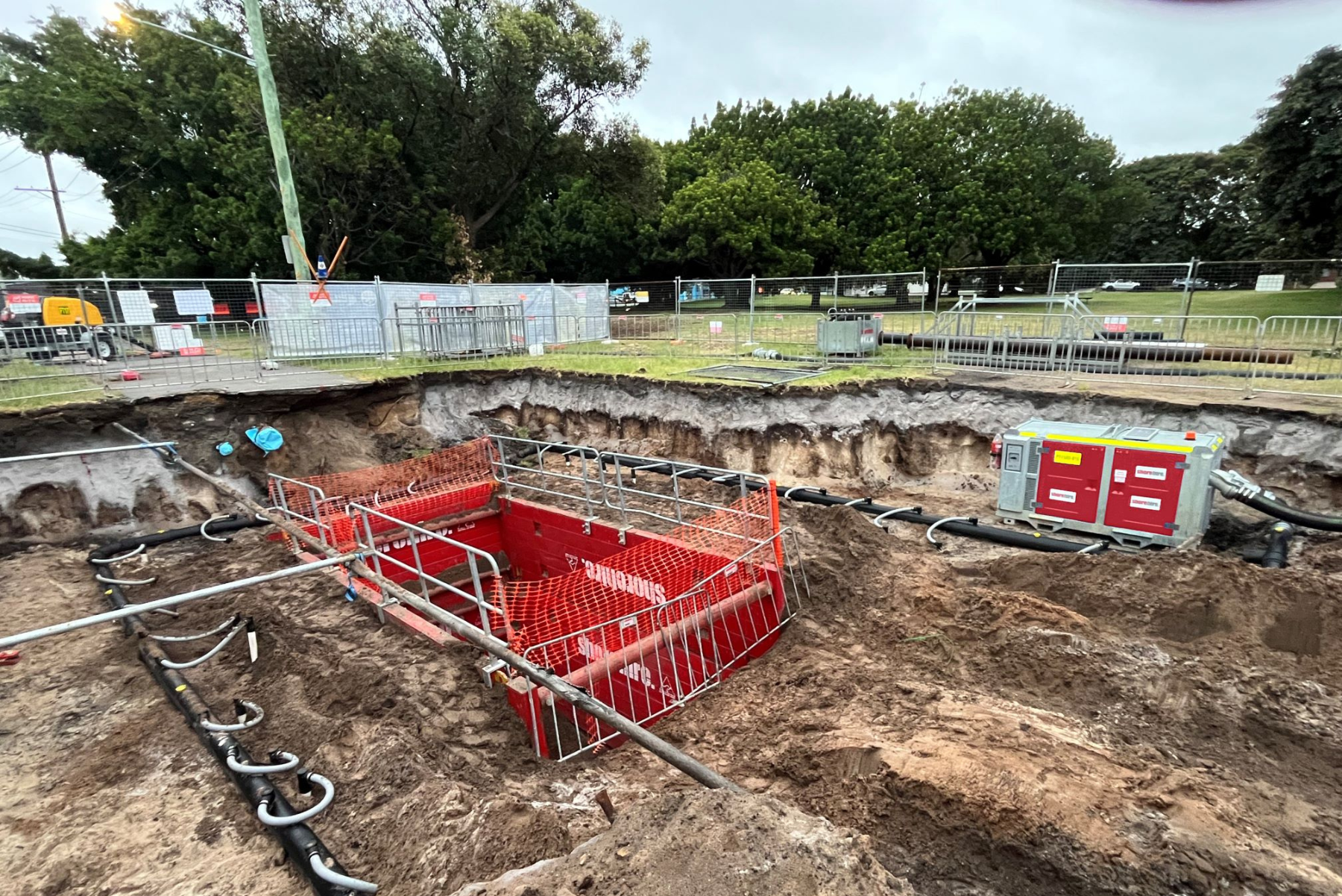
Dewatering Pumps: Managing Groundwater on site
Dewatering is essential on many construction and civil sites, especially when working below the water table or in flood-prone areas.
Wellpoint dewatering is a widely used method involving a series of spears jetted into the ground—often up to 6.5 metres deep. High-pressure pumps are used to drive jetting tubes into the soil. Once in position, spears are inserted, and filter packing is applied. Water is then extracted via header pipes and pumped away using piston pumps.
Proper dewatering design may require:
- Geotechnical reports
- Water quality testing
- Environmental and council compliance checks
Effective groundwater control not only improves safety but also ensures the project remains on time and within scope.
Submersible Pumps: Compact Power for Tough Conditions
Submersible pumps (often called sub pumps) are installed directly into the fluid being pumped, removing the need for suction hoses. Because they operate while fully submerged, they offer more flexibility in environments where space is limited or suction lift limitations are a concern.
Unlike centrifugal pumps, which rely on atmospheric pressure and are limited to a suction lift of around 8–10 metres, submersibles aren’t affected by elevation or fluid type in the same way. This makes them ideal for deep or variable pumping tasks.
Common uses for submersible pumps include:
- Construction site dewatering
- Wastewater and effluent management
- Industrial liquid handling
- Floodwater removal
- Agricultural irrigation and transfer
- Domestic drainage tasks
Examples of high-performing submersible pumps:
- Tsurumi HS2.75S
A robust, single-phase portable drainage pump, designed to handle water containing sand, solids, and debris. - Grindex Sandy N/H
An electrical one-phase and three-phase pump suited for thick, viscous materials like sludge and light slurry. Its patented air valve and electronic protection system allow it to run dry indefinitely.

Choosing the correct pump setup is not a one-size-fits-all decision. Site conditions, flow requirements, and the nature of the liquid being moved all need to be taken into account. With the right information and support, project teams can ensure their pumping systems are efficient, safe, and compliant.
Need help specifying a pump system for your next project?
United Rentals offers tailored advice and hire options across a wide range of pump types and site requirements. Get in touch to speak with a specialist about your next project.
